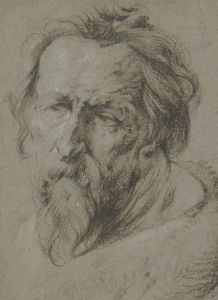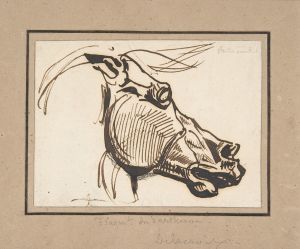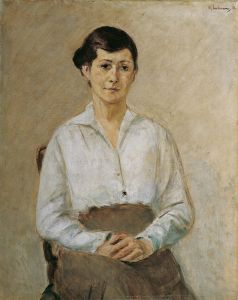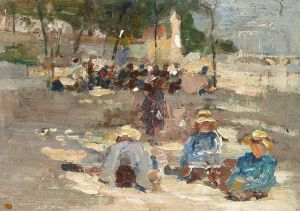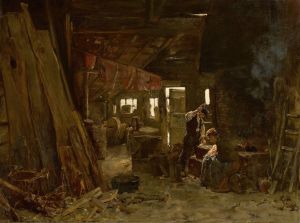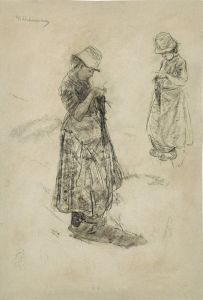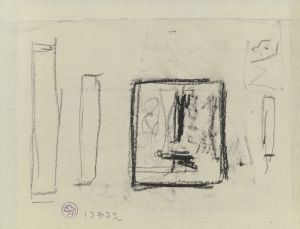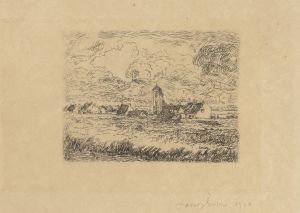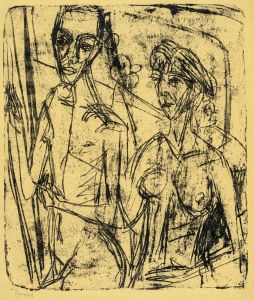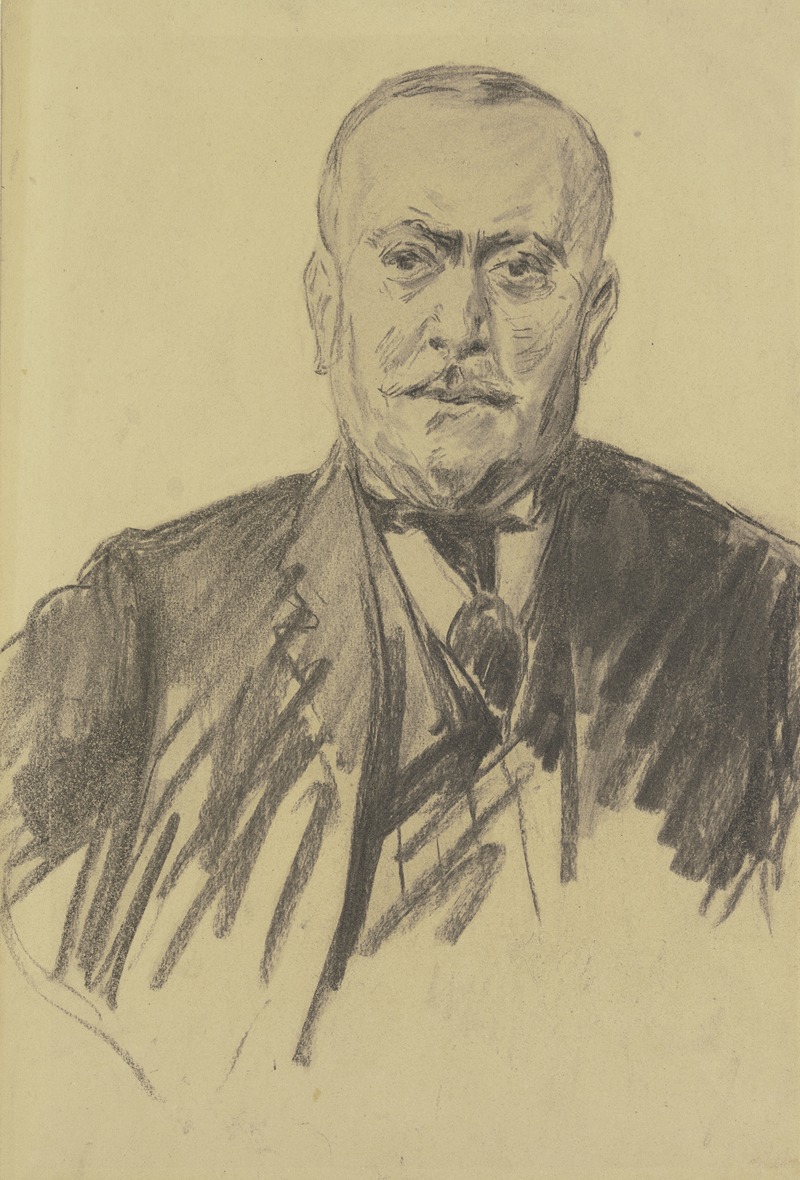
Portrait of a man
A hand-painted replica of Max Liebermann’s masterpiece Portrait of a man, meticulously crafted by professional artists to capture the true essence of the original. Each piece is created with museum-quality canvas and rare mineral pigments, carefully painted by experienced artists with delicate brushstrokes and rich, layered colors to perfectly recreate the texture of the original artwork. Unlike machine-printed reproductions, this hand-painted version brings the painting to life, infused with the artist’s emotions and skill in every stroke. Whether for personal collection or home decoration, it instantly elevates the artistic atmosphere of any space.
Max Liebermann was a prominent German painter and printmaker, associated with the Impressionist movement. He was one of the leading figures in the Berlin Secession, an art movement that sought to break away from the traditional academic art of the time. Liebermann's work is known for its loose brushwork, vibrant use of color, and focus on everyday life and people.
"Portrait of a Man" by Max Liebermann is one of his many portraits that exemplify his skill in capturing the essence of his subjects. Although specific details about this particular painting are scarce, it is consistent with Liebermann's broader body of work, which often depicted individuals from various walks of life with a sense of realism and psychological depth.
Liebermann's portraits are characterized by their attention to detail and the ability to convey the personality and mood of the sitter. He often used a muted color palette, which allowed him to focus on the play of light and shadow, bringing out the textures and expressions of his subjects. His brushwork, while loose, was deliberate, capturing the subtleties of human expression and the nuances of character.
During his career, Liebermann painted numerous portraits of notable figures, including artists, intellectuals, and members of the bourgeoisie. His ability to portray his subjects with dignity and insight made him a sought-after portraitist in Germany and beyond. Liebermann's portraits are not just likenesses; they are studies of character and presence, reflecting his deep understanding of human nature.
Max Liebermann's work, including his portraits, was influenced by his exposure to the art of the Netherlands and France. He admired the works of the Dutch Old Masters, such as Frans Hals and Rembrandt, whose influence can be seen in his use of light and shadow and his focus on realism. Additionally, his time in Paris exposed him to the Impressionists, whose emphasis on capturing the effects of light and atmosphere informed his own artistic approach.
Despite the acclaim he received during his lifetime, Liebermann's career was not without challenges. As a Jewish artist in Germany, he faced increasing anti-Semitism, particularly during the rise of the Nazi regime. His art was labeled as "degenerate," and he was forced to resign from his position as president of the Prussian Academy of Arts. Nevertheless, his contributions to art and his role in the development of modern German painting remain significant.
"Portrait of a Man" is a testament to Max Liebermann's enduring legacy as a master portraitist. His ability to capture the essence of his subjects with empathy and insight continues to be celebrated in the art world. While specific details about this painting may be limited, it stands as an example of Liebermann's skill and his contribution to the art of portraiture.







